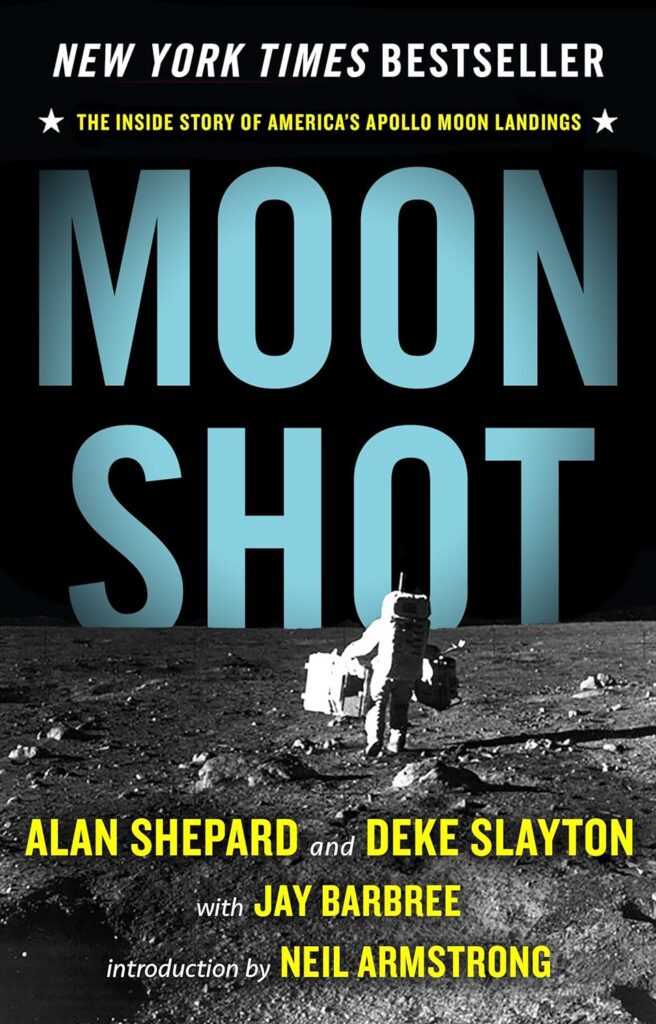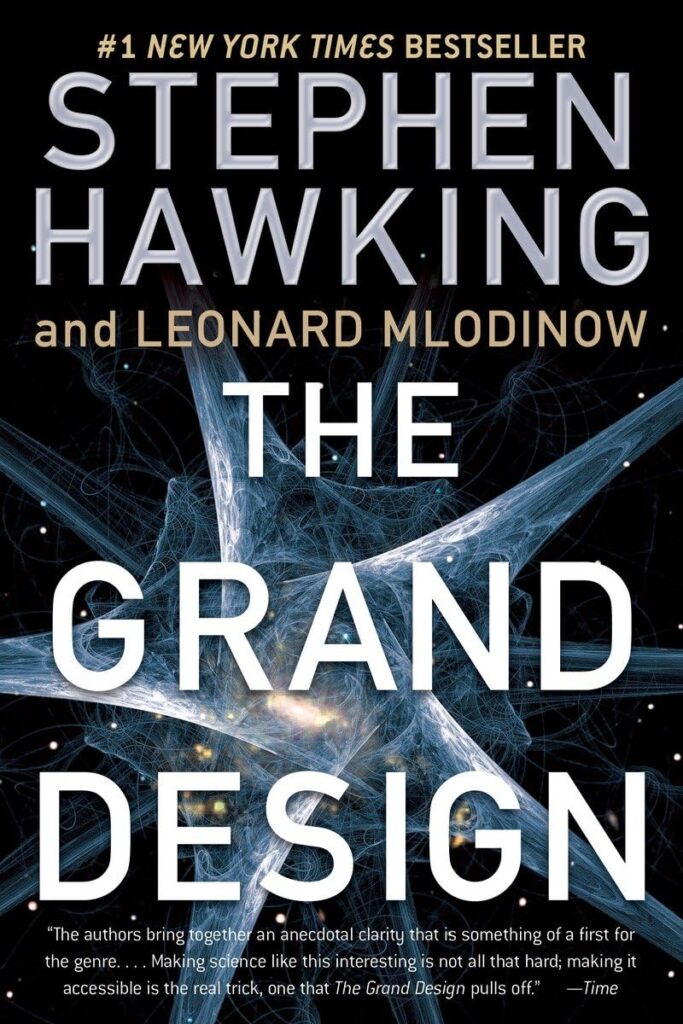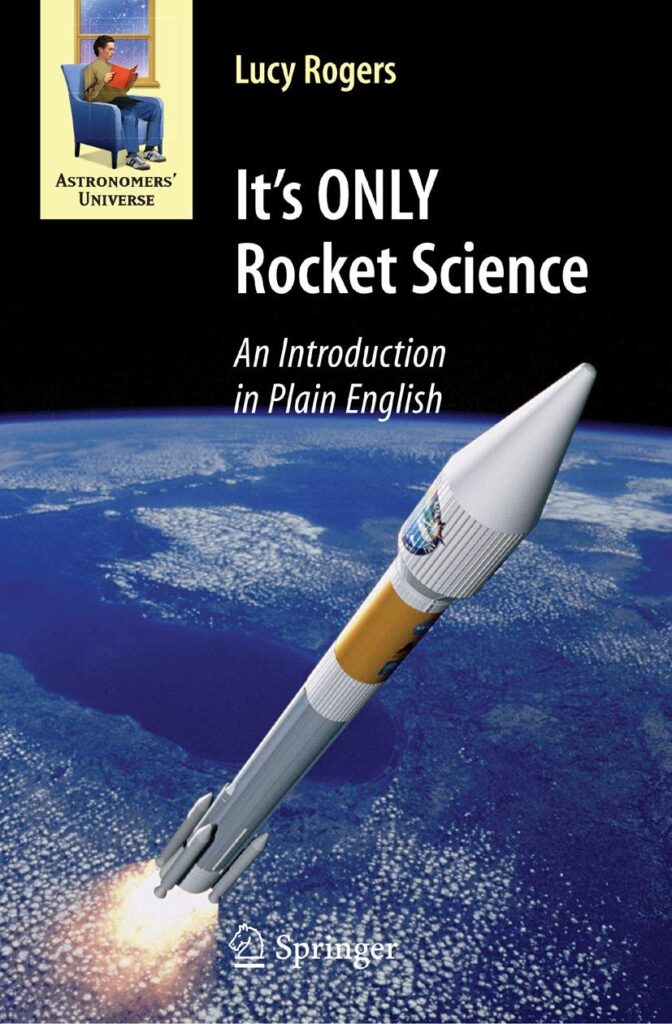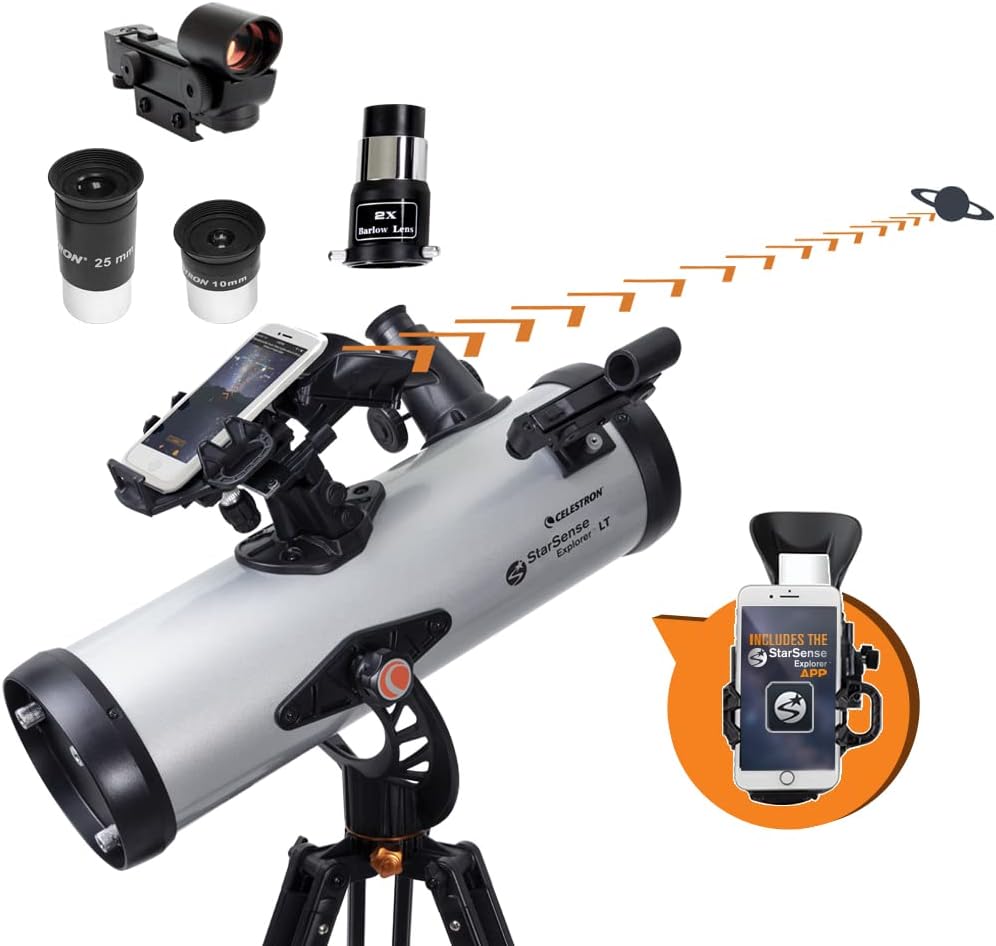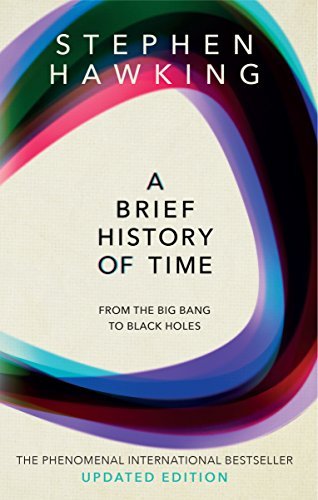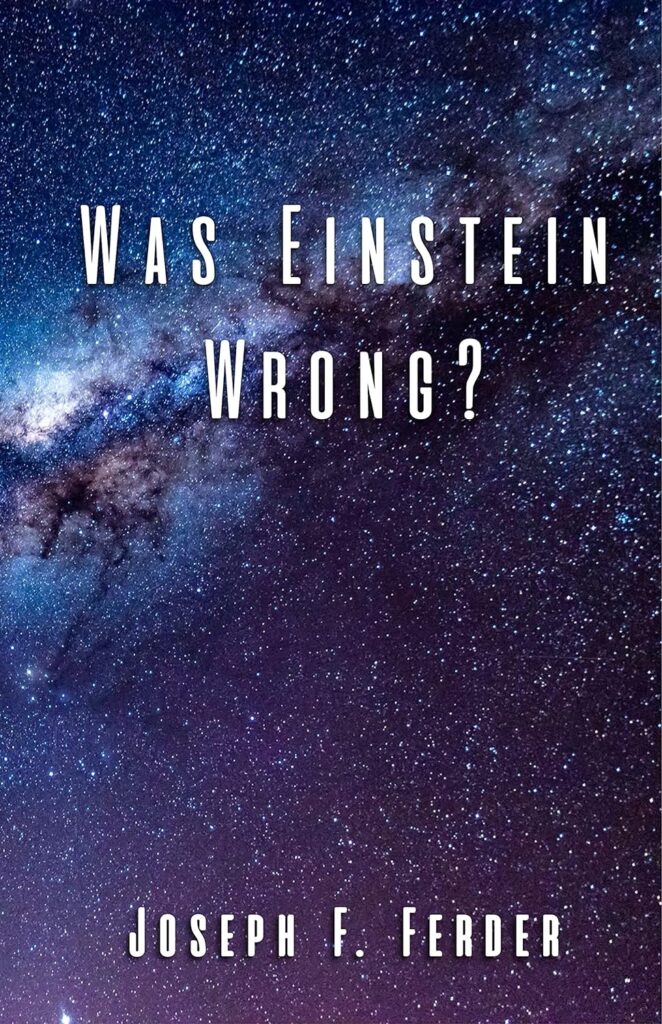THE INSIDE STORY OF THE MOON LANDINGS BY ALAN SHEPARD
OUR RECOMMENDED BOOK OF THE MOMENT
When and how did the universe begin? Why are we here? What is the nature of reality? Is the apparent “grand design” of our universe evidence of a benevolent creator who set things in motion—or does science offer another explanation? In this startling and lavishly illustrated book, Stephen Hawking and Leonard Mlodinow present the most recent scientific thinking about these and other abiding mysteries of the universe, in nontechnical language marked by brilliance and simplicity.
This Is Our Planet

This Is Our Planet is one of our most popular videos ever with haunting background music "Intro" - Truly mind blowing!
Categories
- Asteroids & Comets
- Astronomy
- Carl Sagan
- Einstein
- ESA
- Exoplanets
- Extraterrestrials
- General
- Hubble Telescope
- Isaac Newton
- James Webb Telescope
- Manned Space Flight
- Nasa
- New KIds on the Block
- Our Universe
- Physics
- Science Fiction
- SETI
- Stephen Hawking
- Technology
- The Cosmos
- The Earth
- The Milky Way
- The Moon
- The Planets
- The Solar System
- The Sun
- Time Travel
- Uncategorized
- Unmanned Space Flight
IT’S ONLY ROCKET SCIENCE
Most amateur astronomers’ and many of those with similar interests but who are not currently practising observers’ have only a sketchy understanding of space flight. This book provides an introduction to its mechanics. The beauty of this book, written by an engineer who is also an accomplished science writer, is that it covers the subject comprehensively, and yet is almost entirely descriptive and non-mathematical. It deals with all aspects of space flight, from how to leave the Earth (including the design of the rocket, mission planning, navigation and communication), to life in space and the effects of weightlessness. The book also includes sections describing how an amateur can track satellites and understand their orbital parameters.
Search
Archives
Celestron – StarSense Explorer LT 114AZ Smartphone App-Enabled Telescope – Works with StarSense App to Help You Find Stars, Planets & More – 114mm Newtonian Reflector – iPhone/Android Compatible.
UNLEASH THE POWER OF YOUR SMARTPHONE: Let your iPhone or Android phone take you on a guided tour of the night sky—no telescope experience required. Just follow the arrows to locate stars, planets & more
FISHER SPACE PEN
Originally created in the 1940s and sent to space with the NASA Apollo missions, the Fisher Space Pen is designed to be compact enough to fit in a pocket, yet perfectly balanced while writing. The pressurized ink cartridge writes at any angle, upside down, and in extreme hot and cold temperatures. Chrome finish and pocket clip.
A BRIEF HISTORY OF TIME
#1 NEW YORK TIMES BESTSELLER
A landmark volume in science writing by one of the great minds of our time, Stephen Hawking’s book explores such profound questions as: How did the universe begin—and what made its start possible? Does time always flow forward? Is the universe unending—or are there boundaries? Are there other dimensions in space? What will happen when it all ends?
Told in language we all can understand, A Brief History of Time plunges into the exotic realms of black holes and quarks, of antimatter and “arrows of time.”
WAS EINSTEIN WRONG?
The Special Theory of Relativity, the theory about the dilation of time and the contraction of space, is wrong. For more than one hundred years, physicists have been teaching the students the wrong ideas. In this book, I prove that there is no dilation of time and no contraction of space, assuming that empty space is motionless and in a moving frame of reference.


